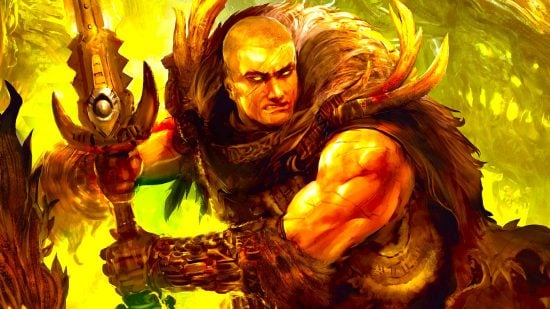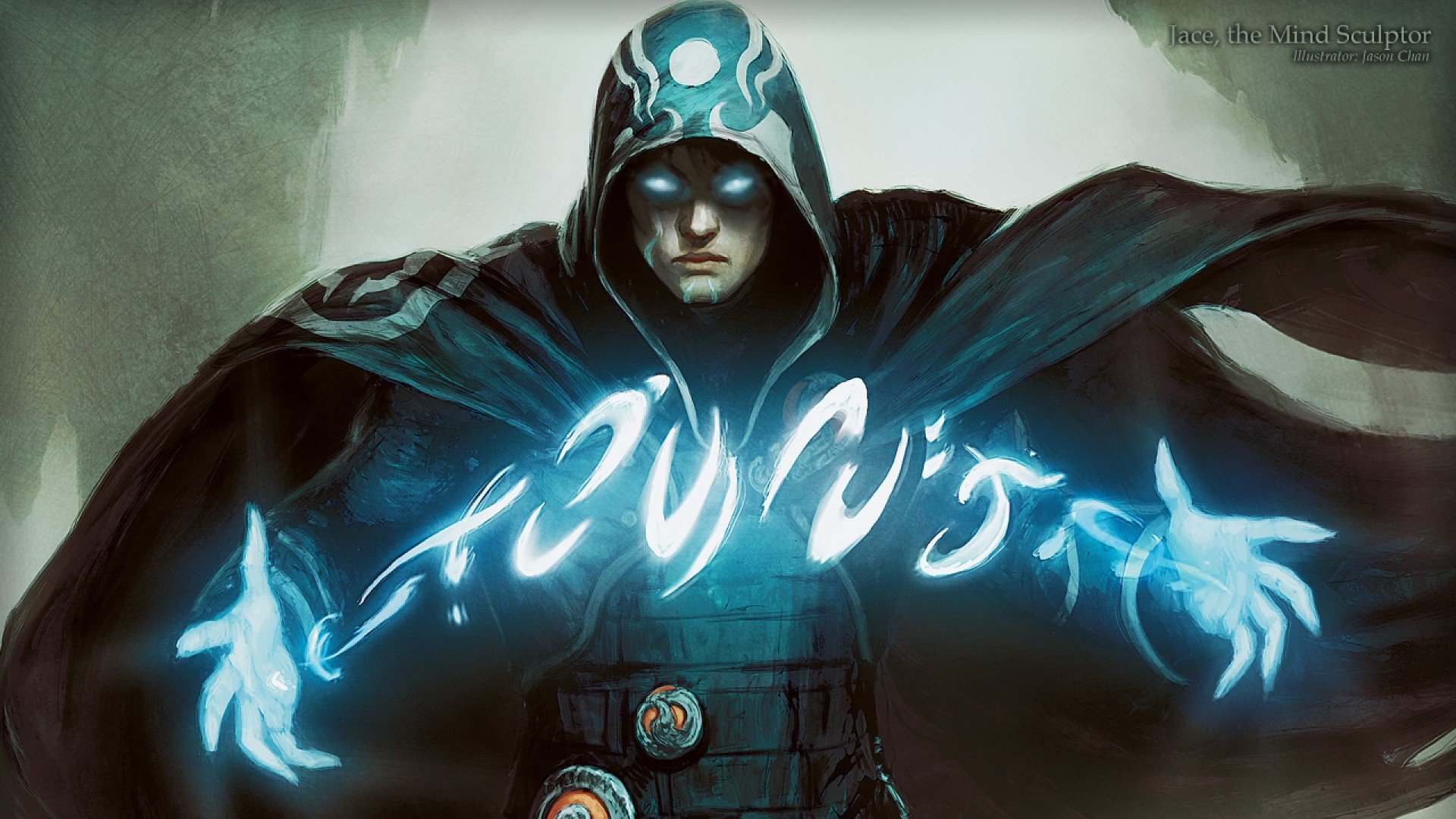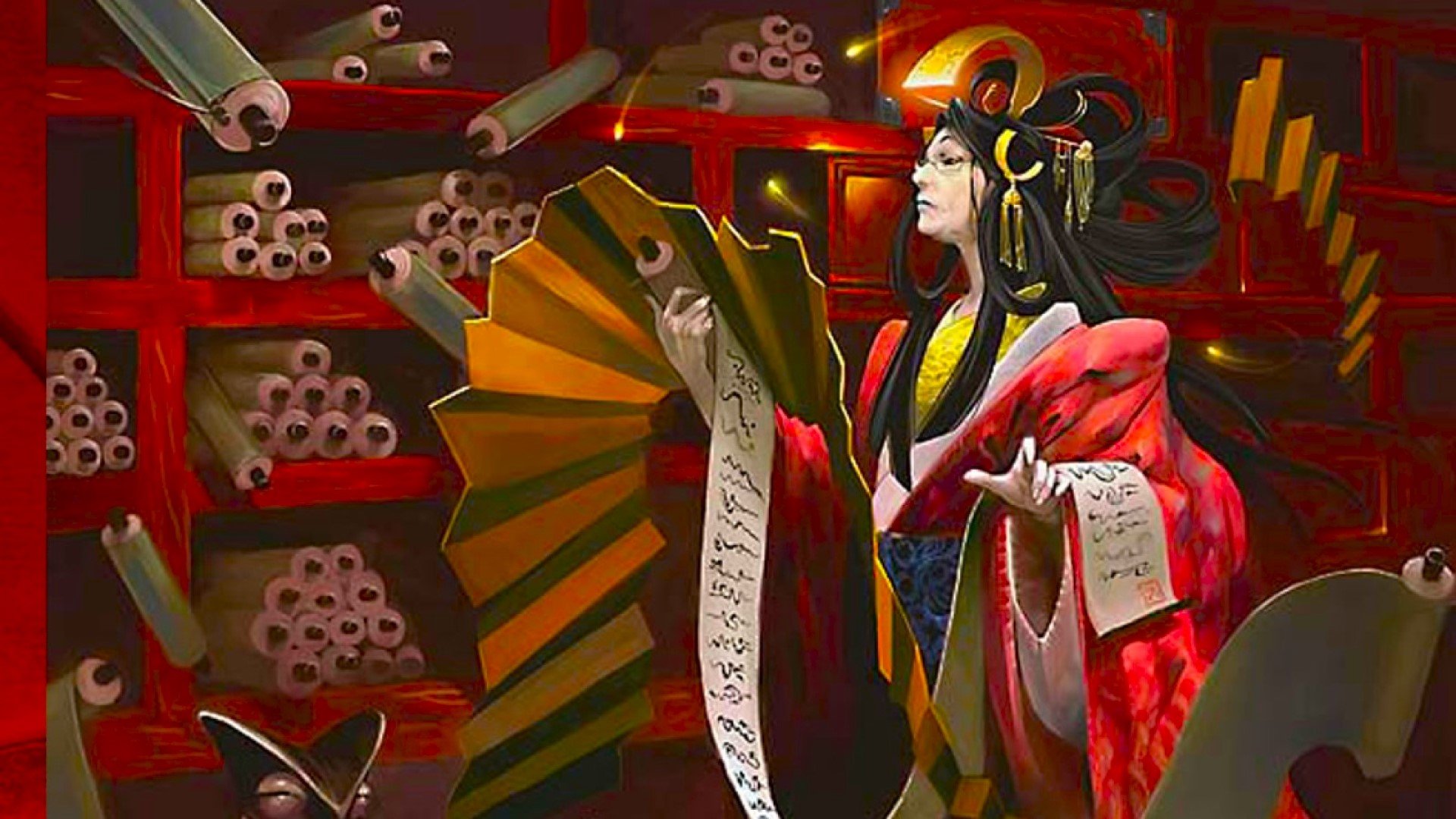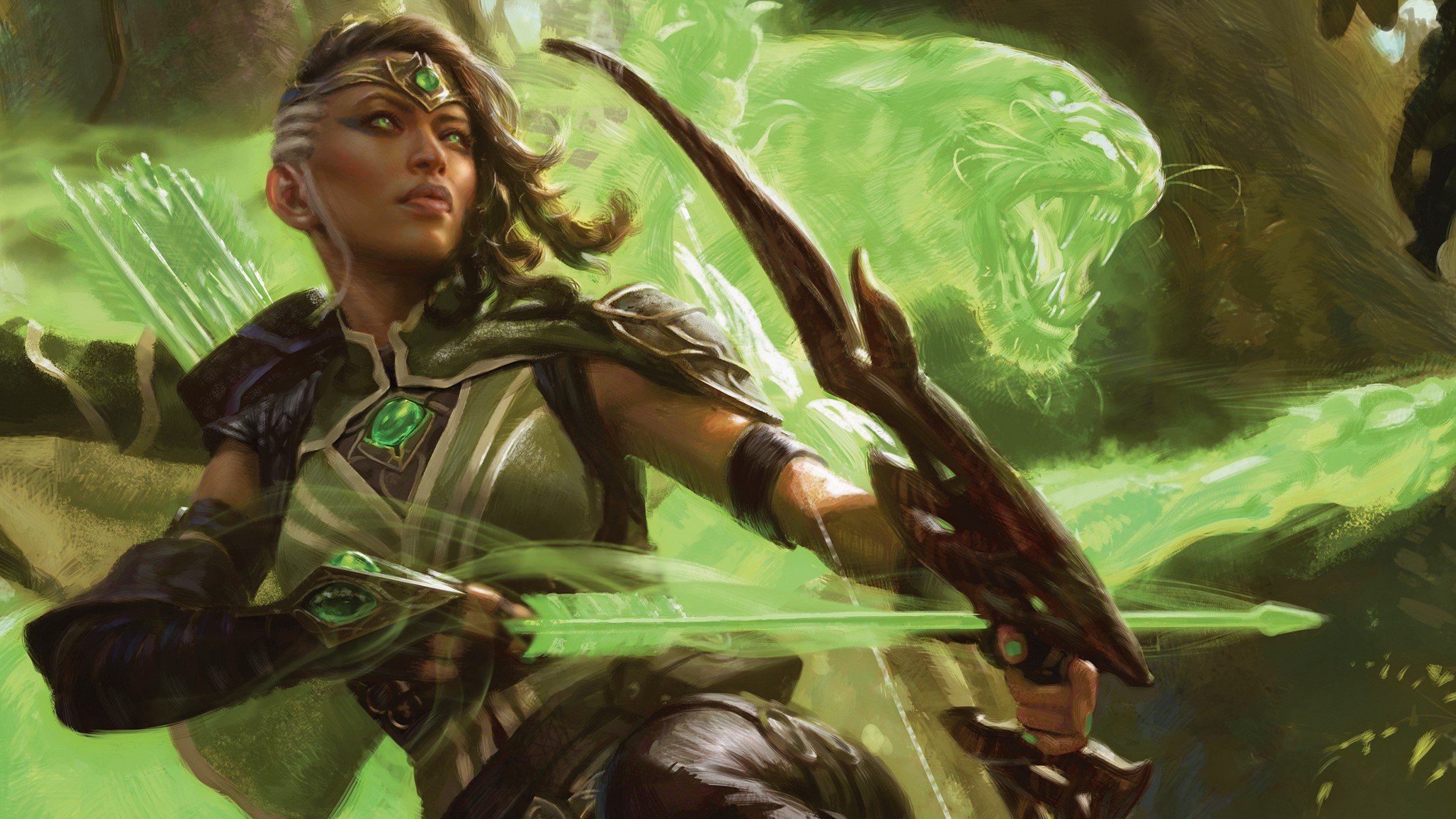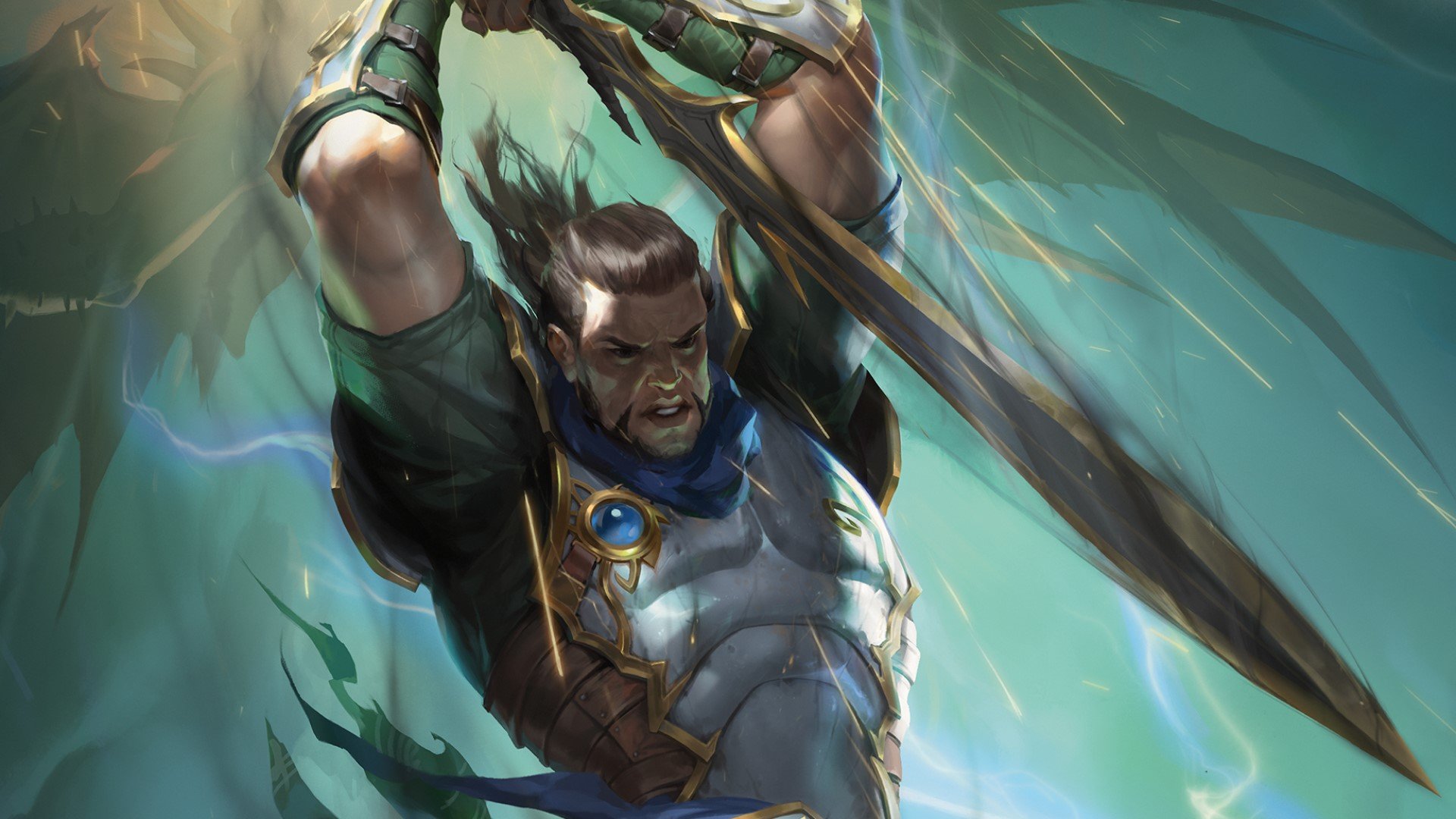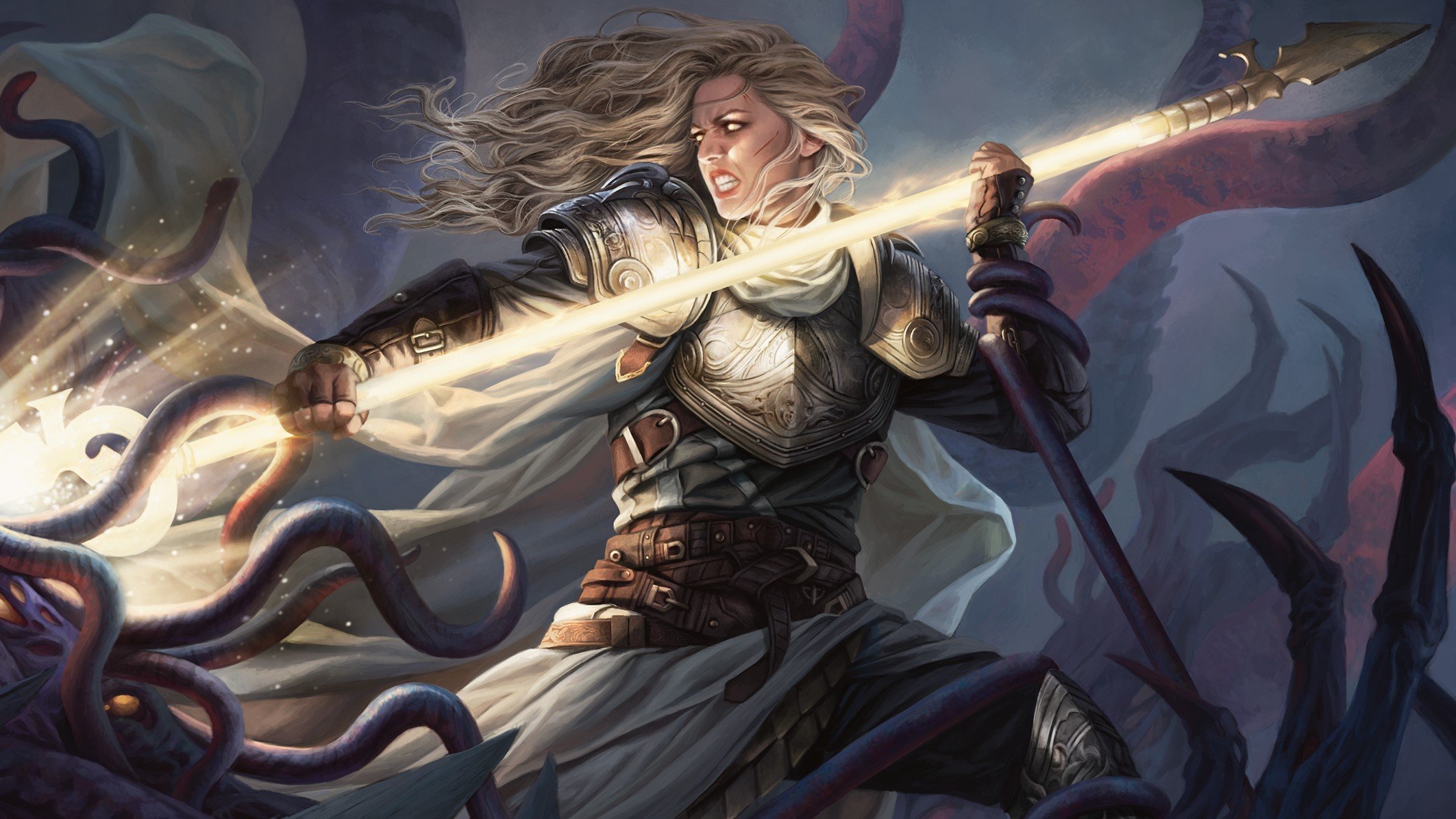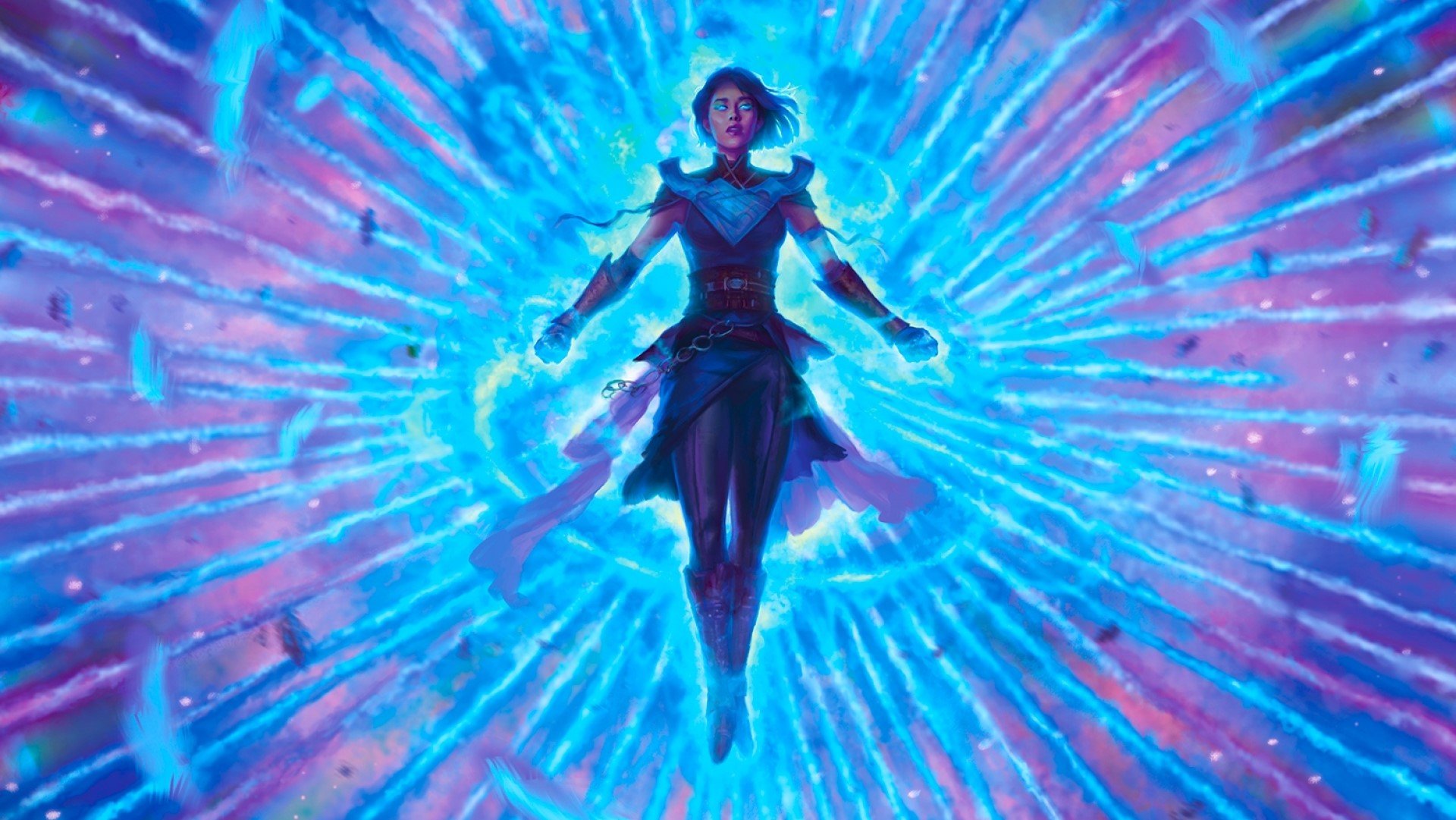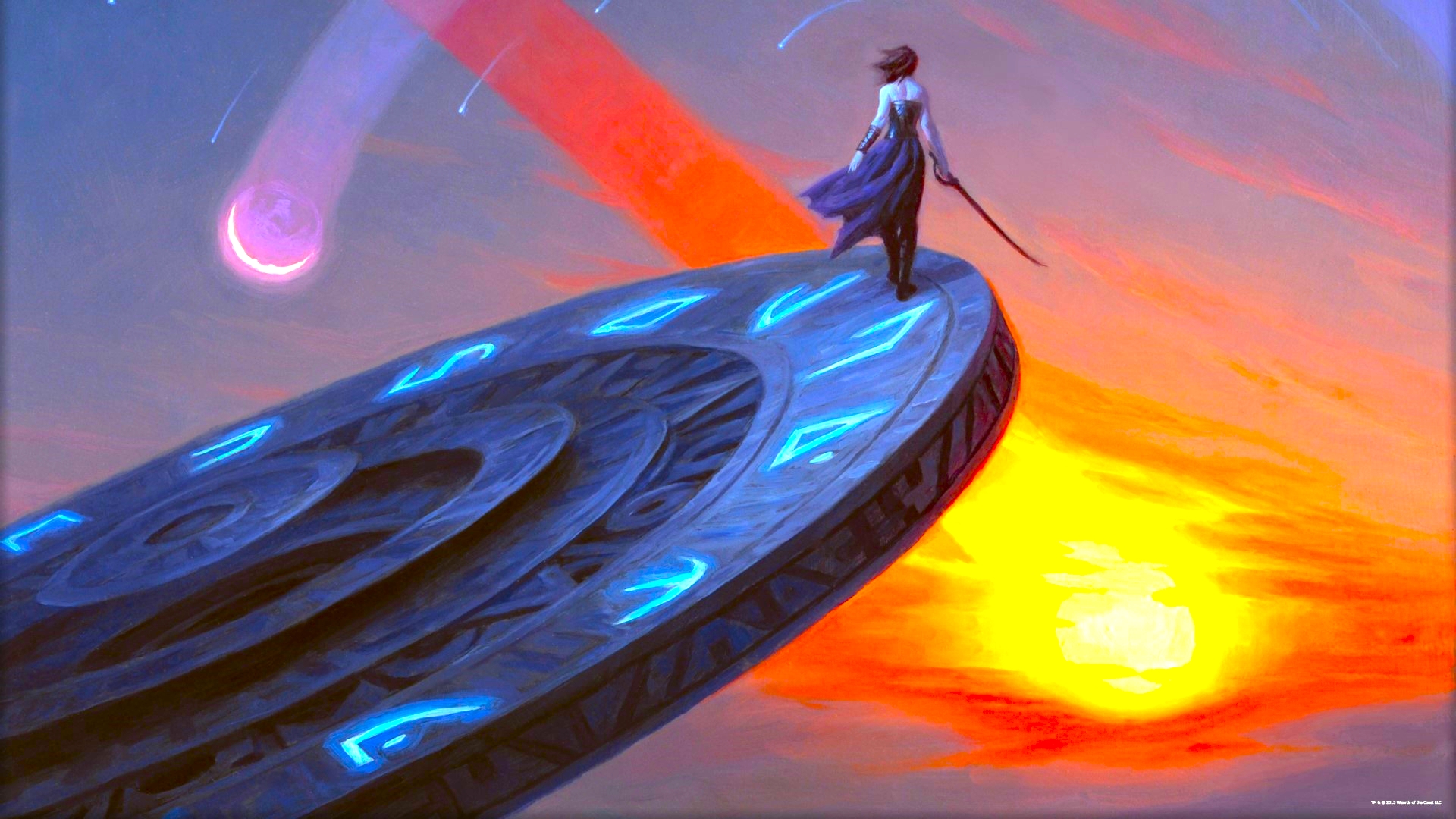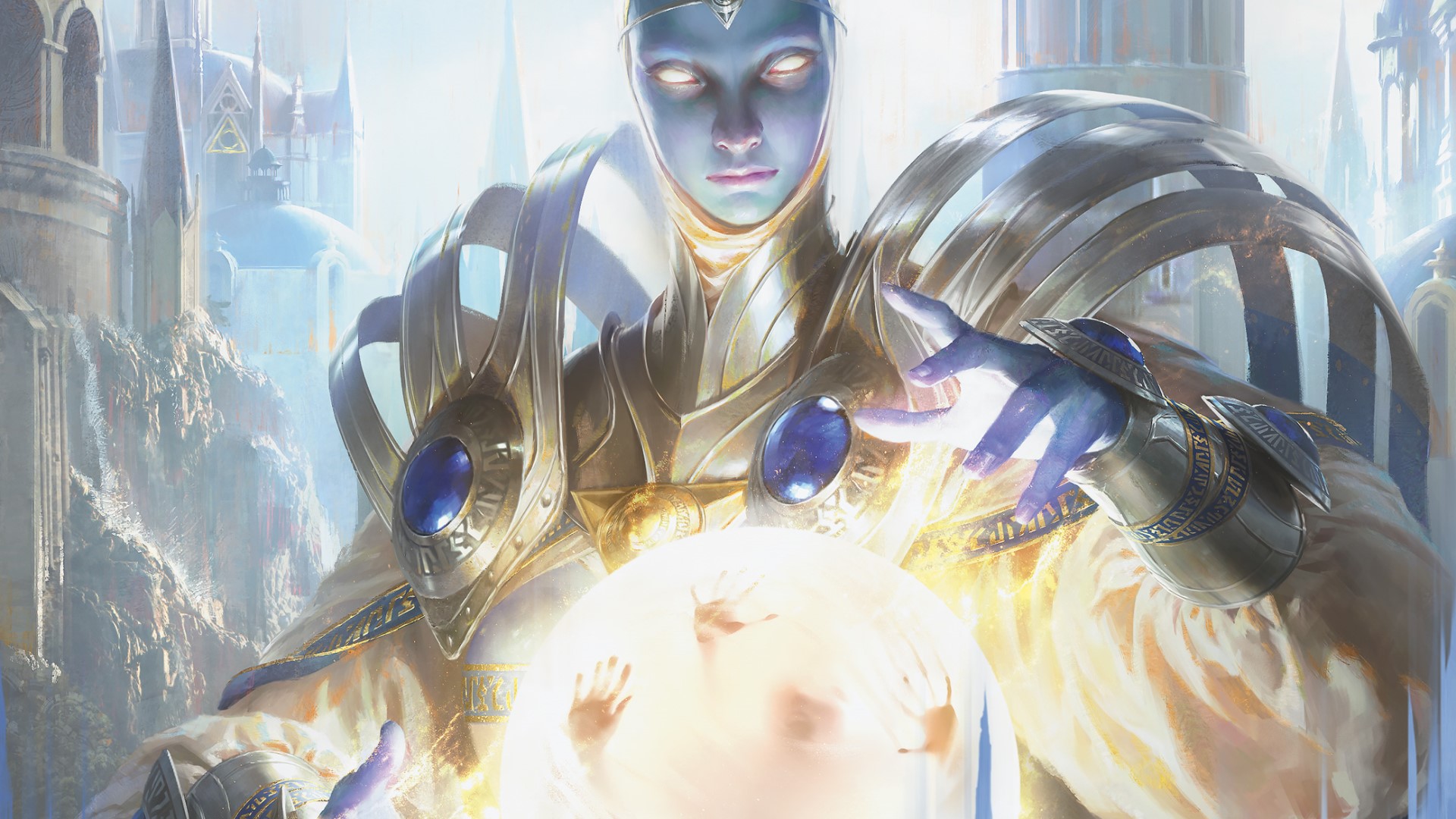Most players have a rough idea of the different MTG phases that make up a turn, and that’s usually enough to get by. But if you want to deepen your understanding, and be the player people turn to when a difficult rules question crops up, then read on. We’ll break down each of the five phases in a Magic: The Gathering turn, as well as some common complications that arise.
Whether you’re a newcomer still learning how to play Magic: the Gathering or an expert in need of a recap, this guide to MTG turn phases will have something for you. See, there’s far more to phases than simply knowing when to untap and when to go to combat. This TCG’s turn structure has all kinds of twists: when it comes to complex rules, it’s up there with understanding the MTG stack.
Here are the different MTG phases in order:
Below, you’ll find every MTG turn phase broken down in detail, but if you just need a quick user’s guide to the basics, this diagram will help you out.
Beginning phase
The beginning phase is made up of three steps:
Untap
As the name implies, this is the step where you untap your cards. All permanents you control are untapped simultaneously in this step (unless there are effects in play preventing particular cards from doing so). But there are actually a few other things that happen first chronologically.
First, all permanents with the Phasing MTG keyword that the active player (that’s you if this is your turn) control phase out. Just as everything untaps at once, all phased-out permanents controlled by the active player also phase in at the same time.
Next, if the day and night cycle – a mechanic brought in by Innistrad: Midnight Hunt – has started, you’ll need to check the number of spells cast in the last turn. Day turns to night (and vice versa) if the right criteria are met.
Nobody has ‘priority’ during an untap step, which means nobody has the right to either do something or pass their turn – not even you, active player. Abilities and effects with a trigger will need to wait until the upkeep step at least.
Upkeep
This step happens as soon as your untap step is over. Any abilities that trigger during untap or at the start of upkeep must go on the stack at the start of this step. The stack is where spells go to be ordered and interacted with before they resolve – for a more in-depth explanation of how the stack works, take a minute to browse our MTG stack guide.
The active player now gains priority – great news! You can now play any instant-speed cards you like (Instants are the obvious choice, but this also includes Creatures with Flash). There’s a price to pay for this priority, though – perhaps not so great news. This is the stage where triggered abilities with certain payments are, well, paid for.
These costs aren’t always a bad thing; for example, you might gain life from a card as upkeep. However, you may also be expected to pay life points or permanents for upkeep also.
Draw
The active player can now draw a card from their library. Only after this has taken place do the following things happen:
- Any abilities triggered by the draw step go on the stack
- The active player gains priority
That priority means you can once again use any Instant-speed cards you can afford to pay the mana cost for – handy if you happened to draw an Instant from your library.
Pre-combat main phase
The pre-combat main phase starts with any abilities triggered by the start of the main phase joining the stack – then the active player gets priority, so they are free to use instant-speed cards. After the stack has emptied, the active player can also play non-instant cards for the first time.
One of the non-instants you can play at this point is Lands, but you can normally only play one of these per turn. Besides your one Land, now’s a great time to play the Creatures, Sorceries, and Planeswalkers you might want to get onto the field.
Combat phase
It’s time to fight! There are five steps in the combat phase:
Beginning of Combat
If you’re playing against more than one opponent, you start this step by choosing which player you want to attack (if you’re playing against one opponent, it should be pretty obvious who you’re planning to go after). The active player now gets priority.
Declare attackers
Choose your attackers – these Creatures must already be untapped, and they either need to have Haste or have been under your control since the turn began. You’ll also need to make sure they aren’t prevented from attacking by any effects.
Tap your attackers unless they have Vigilance. Any costs to attack with the declared attackers are paid, and any abilities triggered by attackers being declared now trigger. All attackers must be declared, tapped, and used to attack at the same time. The active player once again gains priority here.
Declare blockers
Your opponent can now assign their Creatures to block attacking Creatures. Typically one blocker can defend against one attacker, but this isn’t a hard and fast rule. Any Creature-specific rules for valid blocking must be followed here – for example, your opponent can’t declare a blocker against an Unblockable creature.
Once blockers are assigned, calculate the damage done to Creatures, Planeswalkers, and players. There’s another round of priority to resolve before this damage takes effect, though.
Combat damage
All Creatures in combat who deal damage do so at the same time – unless there are Creatures around with First Strike or Double Strike. These Creatures get their own combat damage step first, and then the remaining Creatures resolve their damage as a second group.
Attacking Creatures dole out their damage to blockers, and they resolve damage against players or Planeswalkers if they were not blocked or have Trample. It’s important to note that, if a blocking Creature is removed before damage resolves, the attacking Creature still can’t deal player/Planeswalker damage without the help of Trample.
End of combat
Once damage has been resolved and any dead Creatures have been moved to the graveyard, end of combat begins. The active player gets priority, and ‘end of combat’ abilities trigger next.
Post-combat main phase
The pre-combat and post-combat main phases are basically identical. Main phase abilities trigger, and then the active player gets priority once again. Then you’re free to cast anything you could have played pre-combat – though you now have the hindsight of combat to influence your decisions.
Ending phase
The final phase in Magic has two steps:
End step
Effects with ‘until end of turn’ in their rules end here, and ‘at the beginning of your end step’ abilities activate. There are no turn-based actions you can take in the end step, but you get priority here for one last time.
Cleanup step
The final step of your turn involves reducing your hand to its maximum size. Typically neither player can play spells or activate abilities in this step. One exception is if an ability triggers and goes on the stack – in this case, the active player gets priority and can respond. As long as the stack is empty and both players pass priority, your turn is officially over.
